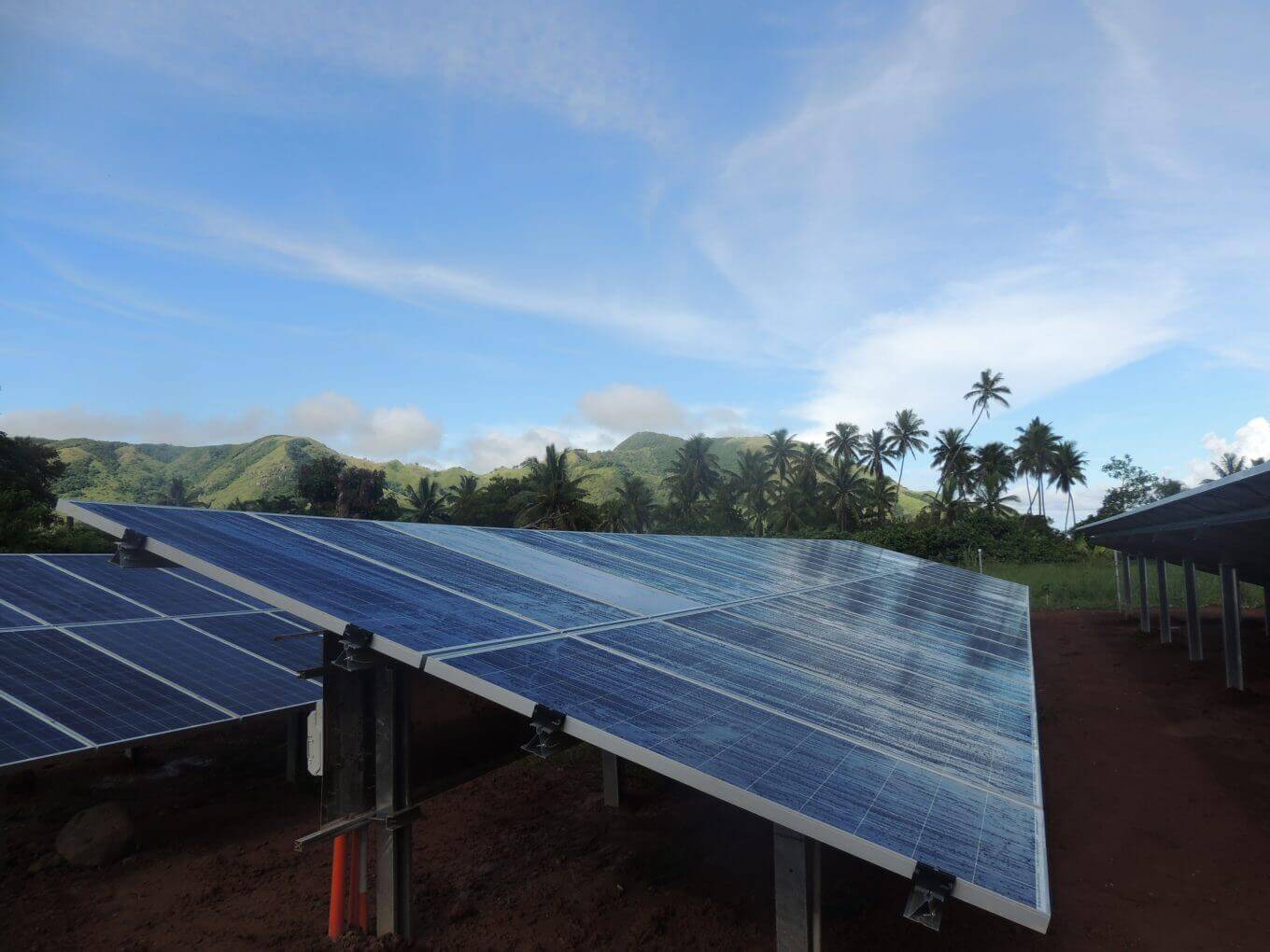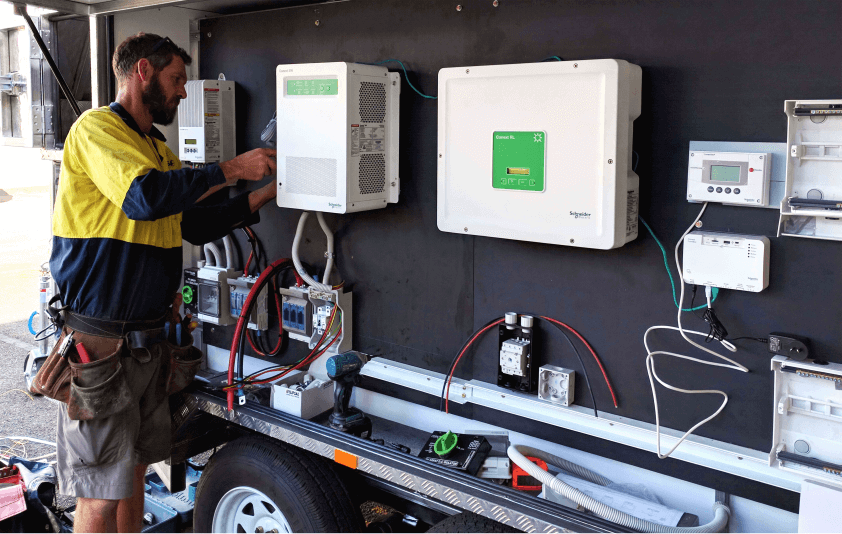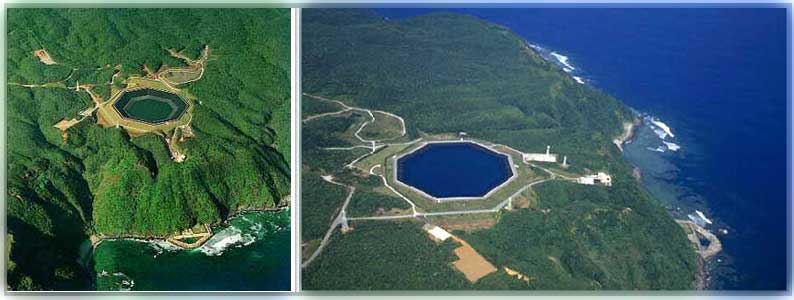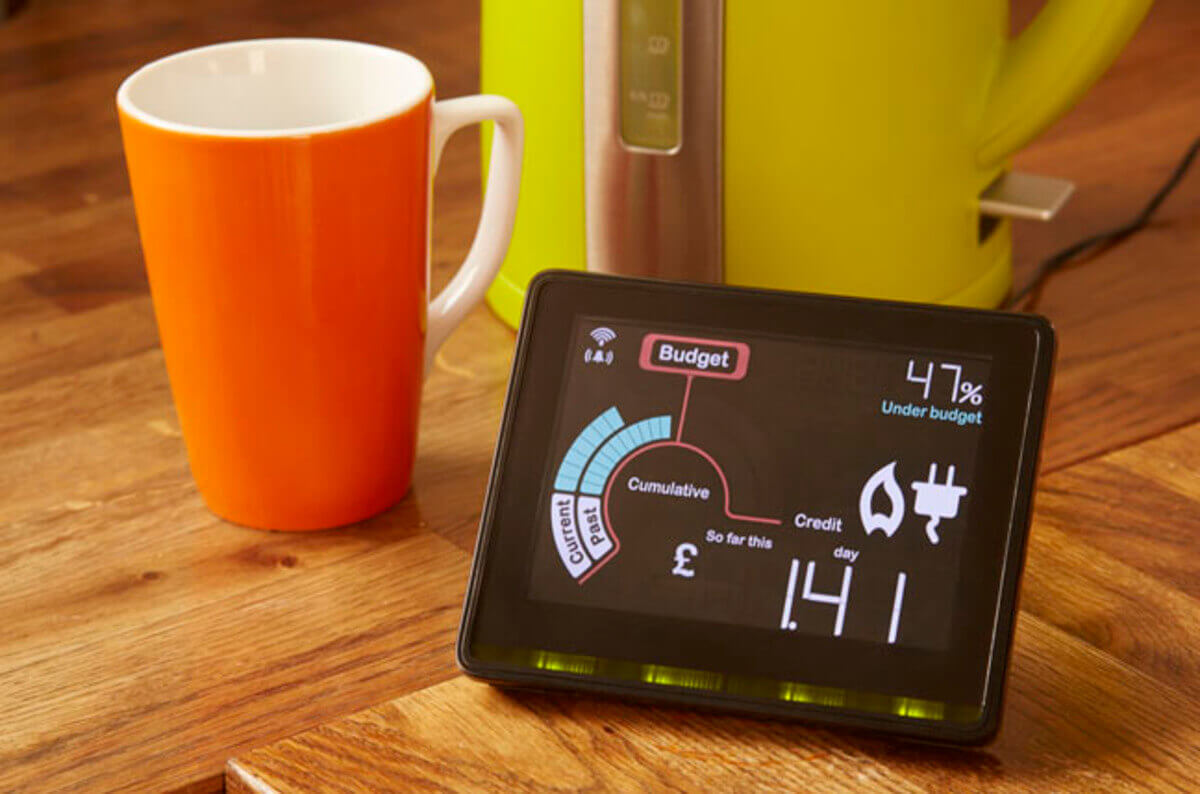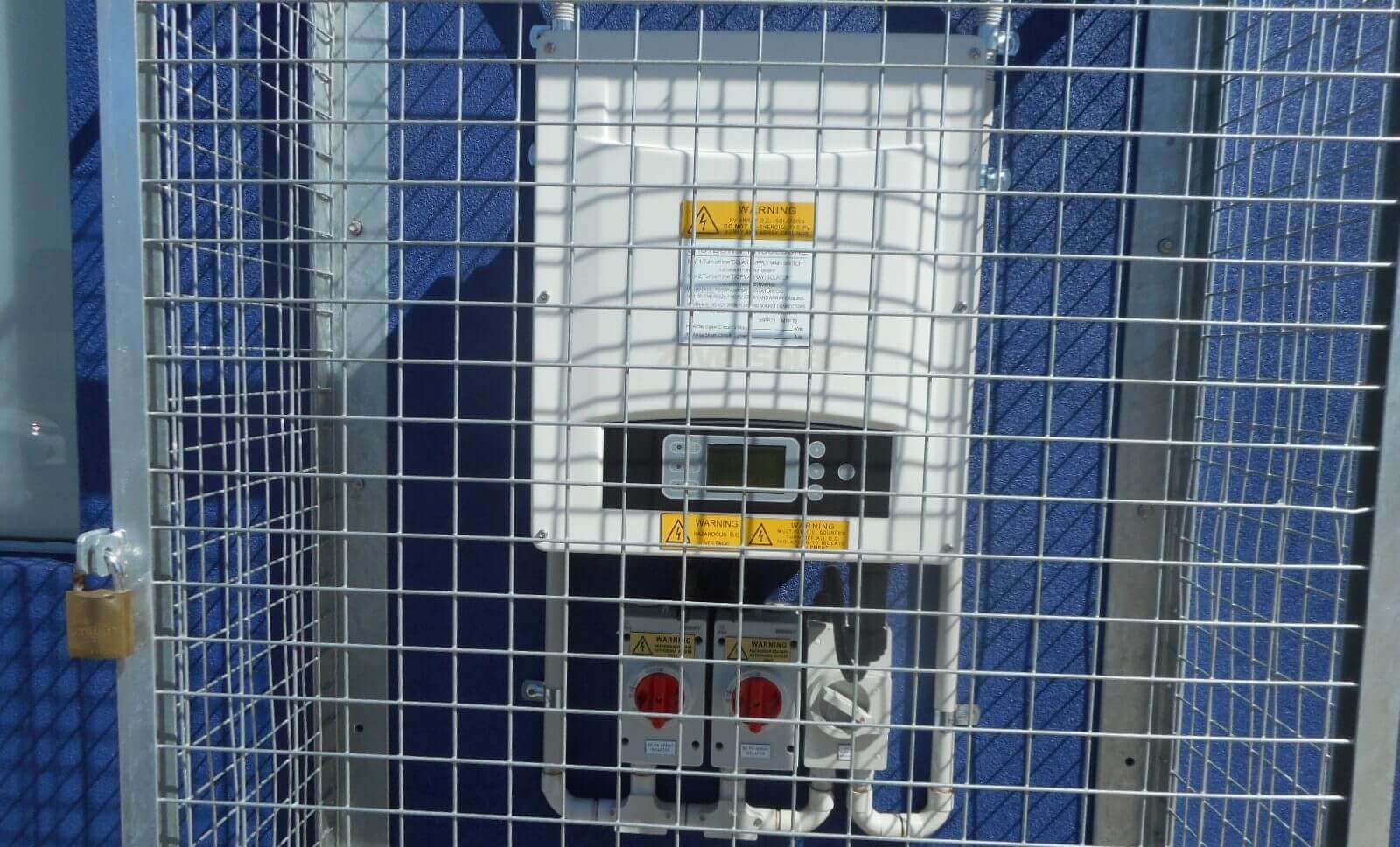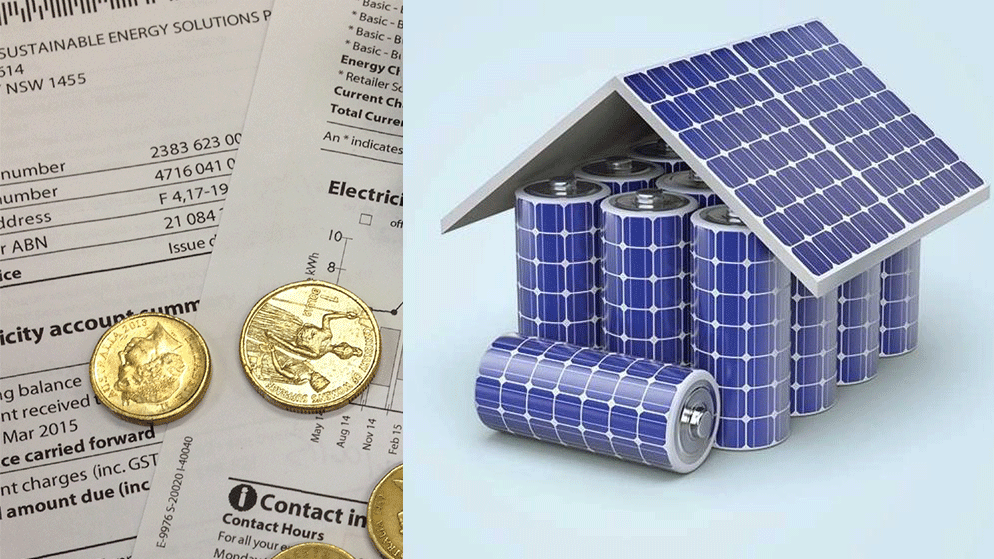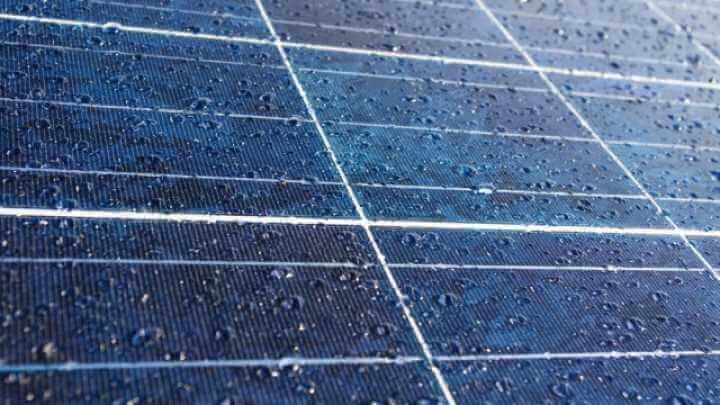First and foremost, it must be stated that GSES is very optimistic about the capability of new energy storage technology. GSES is confident that those that are involved in transition of the electricity grid are moving quickly to make new technology better, cheaper, safer and more secure. That said, a topic which has not been […]
Category: Technical Articles
To maintain our position as the preferred knowledge network for the industry and commerce of renewable energy innovation & technology, GSES communicates factual, up-to-date and evidence based information for publication. These include information on the issues surrounding DC circuit breakers, earthing fundamentals, how to sell solar, and information on isolator enclosures.
The Pacific Perspective – The Energy Tri-lemma, Battery Storage in American Samoa and New Zealand Case Studies.
Last week Samoa held the Pacific Power Associations (PPA) 26th Annual conference in Samoa. As an allied member of the PPA and a Pacific training organisation, GSES attended the week-long conference. The Island Nations in the Pacific rely predominantly on diesel generators in large or micro-grid configurations for power supply. These Nations have turned to […]
The Role of CEC Accreditation in Renewable Energy Industry
The attainment of the Clean Energy Council (CEC) accreditation for installation of Solar PV systems has been the standard for the industry as a result of its ties to the Federal Government’s Small-scale Renewable Energy Scheme (SRES) . However, the introduction of battery energy storage systems has sparked discussion with regard to the relevance of […]
Inverter Power Factor Modes: How do they affect voltage rise calculations?
As Australia continues to see the trend to increase system capacity to medium or large scale Grid-connected PV system, it becomes valuable for Inverter Energy Systems (IES) to have ways to support the power quality of the grid. The most recent revision of the Australian Standard AS/NZS 4777.2: Grid connection of energy systems via inverters […]
Pumped hydro storage in Australia- can a liquid battery compete?
In the past months, there have been many discussions centered around pumped hydro storage schemes. Most notably of which is the current government announcement to expand the iconic Snowy Hydro system as well as South Australia’s investigation into pumped hydro from Spencer Gulf. It is well-known that some renewable energy systems are intermittent and their […]
Smart Meters and Real Time Pricing
Time of Use (TOU) pricing has widely been adopted for electricity billing. With TOU metering the electricity rates are divided into three different time periods – Peak, Shoulder and Off Peak which enables the retailer to charge different prices for the electricity used at different times. A new method of electricity pricing has been introduced, […]
AS/NZS 4777.1:2016 – Key updates to the standard and what they mean for installers
The latest version of the Australian and New Zealand Standard: Grid connection of energy system via inverters – Installation requirements (AS/NZS 4777.1:2016) was released on 30 September 2016. There is a transition period of 6 months, therefore this standard will come into effect at the end of this month (30th March 2017). AS /NZS 4777.1:2016 […]
System Economics of a Stand Alone Power Supply Systems
The power sources most familiar for the supply of renewable energy – wind, sun and water – are considered to be freely available; therefore a common assumption is that the energy provided by these power sources is also free. A stand-alone power system (SAPS), in order to take advantage of ‘free’ energy sources, costs money […]
Residential Demand Charges – What is it, and can solar and battery storage help?
With the impending closure of Hazelwood and the Prime Minister’s talk of ‘clean coal’, attention on electricity prices in 2017 has so far centred around the effect coal-fired stations have on the cost of electricity. The introduction of a new tariff charge by some utilities which have directly affected some customers from 1st January 2017, […]
Industry wide Improvement in Ingress Protection Safety Thanks to CEC Guidelines
Under the Renewable Energy Target (RET) requirements, solar photovoltaic (PV) power systems must be installed to relevant Australian standards and Clean Energy Council (CEC) guidelines in order to receive Small-scale Technology Certificates (STCs). To monitor this, the Clean Energy Regulator’s RET inspection program has been running since 2010 and the CEC review the outcomes of […]


